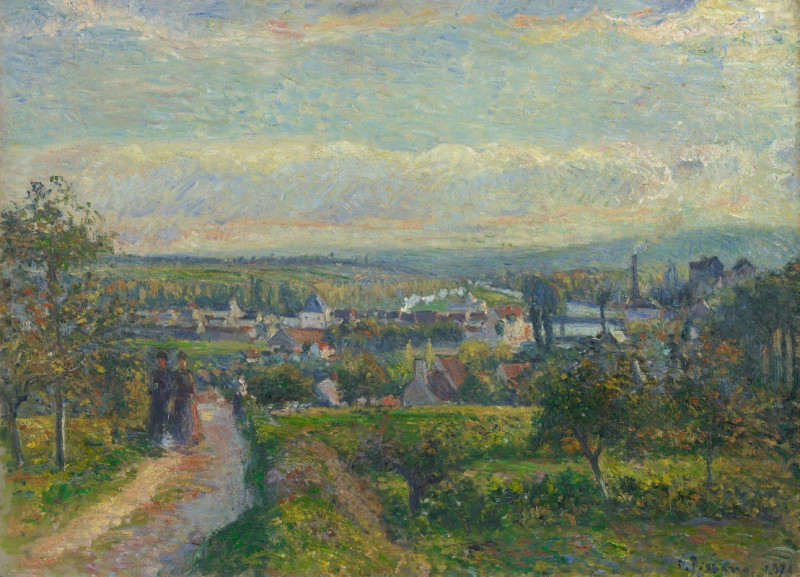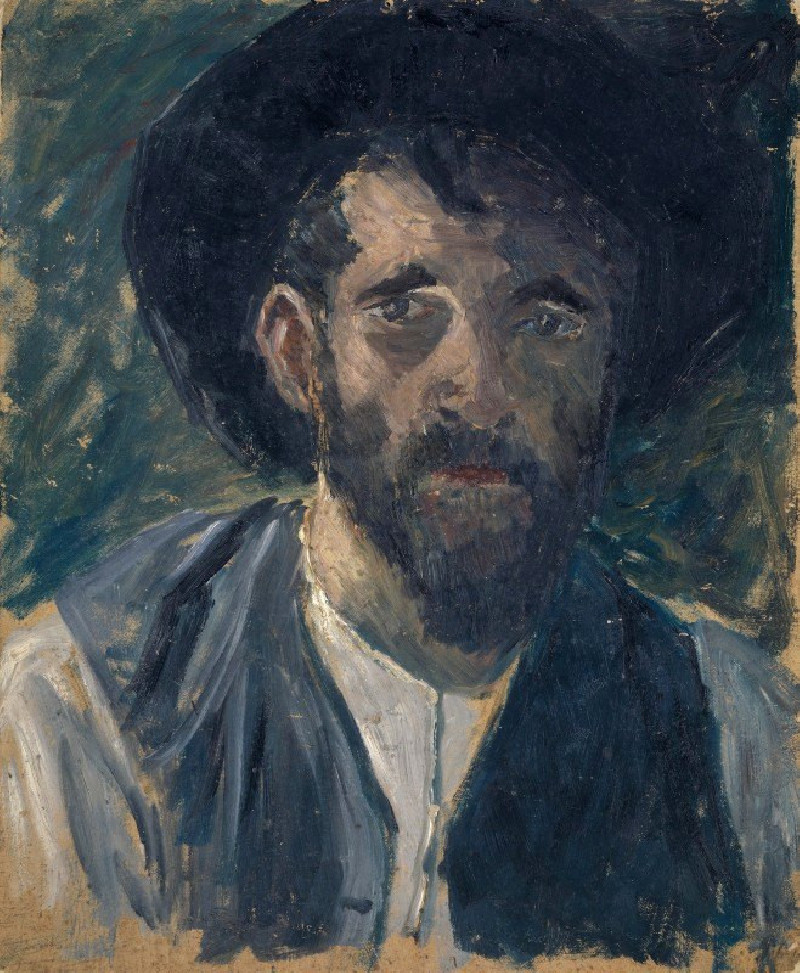Small World (1914)
Technique: Giclée quality print
Recommended by our customers
More about this artwork
In the striking composition of "Small World" by Paul Klee, we are invited into a densely packed tapestry of symbols, figures, and forms that tantalize the imagination. Created in 1914, this artwork exemplifies Klee's unique ability to blend playfulness with profound depth, a hallmark of his extensive body of work.At first glance, "Small World" may resemble a chaotic arrangement. However, upon closer examination, one can discern a meticulously arranged universe, teeming with abstract and figurative elements. The work conveys a sense of an intricate microcosm, where each mark and line contributes to the overall narrative of a bustling, interconnected ecosystem.Dominating the canvas are entwined symbols and fantastical creatures that seem to be in constant motion. These elements look almost primitive, echoing the art of ancient civilizations or children’s drawings, which Klee admired for their purity and expressiveness. This layering of images creates a depth that invites viewers to look longer and deeper, discovering new details and forming personal interpretations of each enigmatic symbol.The predominantly monochromatic palette emphasizes the textural qualities of the piece, focusing attention on the complex interplay of light and shadow. This limited color range also enhances the timeless and universal appeal of Klee’s work, making it accessible to a broad audience while providing a rich terrain for art lovers and critics to explore."Small World" is not just a visual exploration but also an intellectual one, pushing us to ponder the interconnectedness of life’s varied forms and our place within it. Paul Klee, with his intrinsic skill to meld abstract ideas with tangible forms, offers a world in miniature, dense with meaning and ripe for discovery.
Delivery
Returns
Paul Klee was a Swiss-born German artist. His highly individual style was influenced by movements in art that included expressionism, cubism, and surrealism. Klee was a natural draftsman who experimented with and eventually deeply explored color theory, writing about it extensively; his lectures Writings on Form and Design Theory (Schriften zur Form und Gestaltungslehre), published in English as the Paul Klee Notebooks, are held to be as important for modern art as Leonardo da Vinci's A Treatise on Painting for the Renaissance.

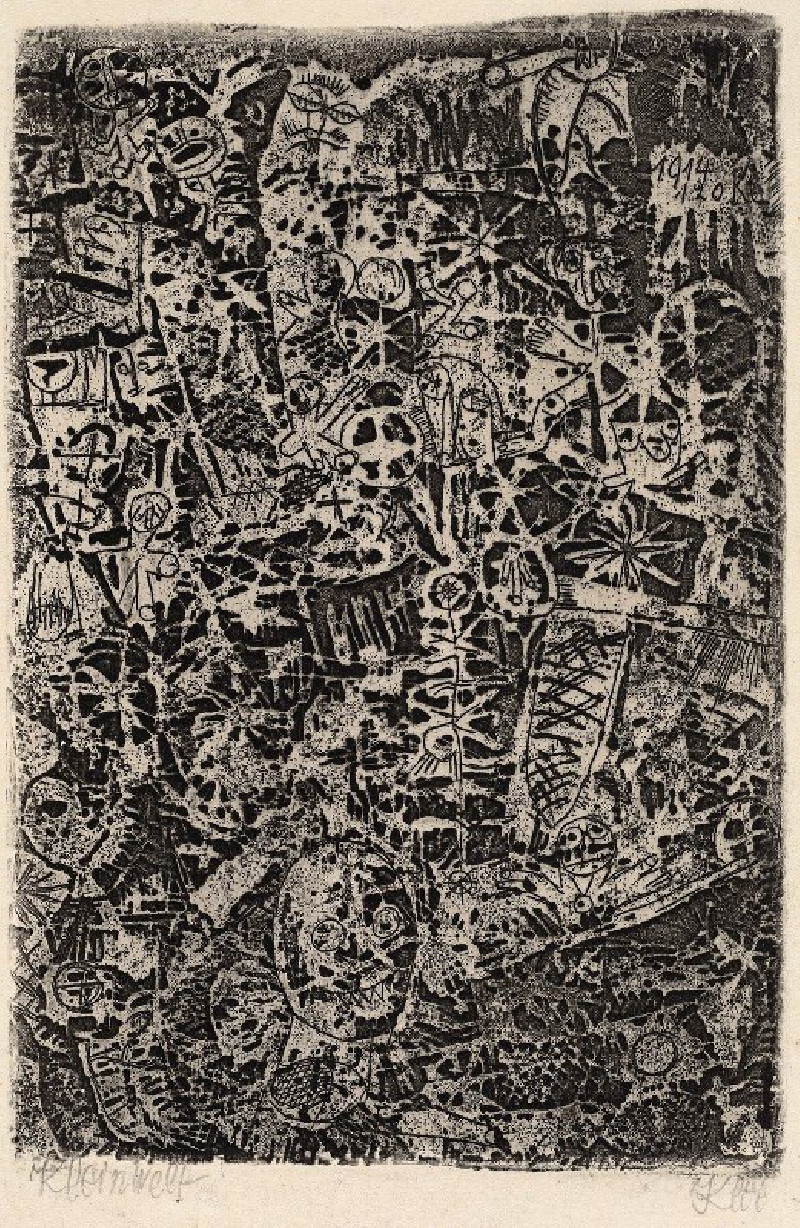































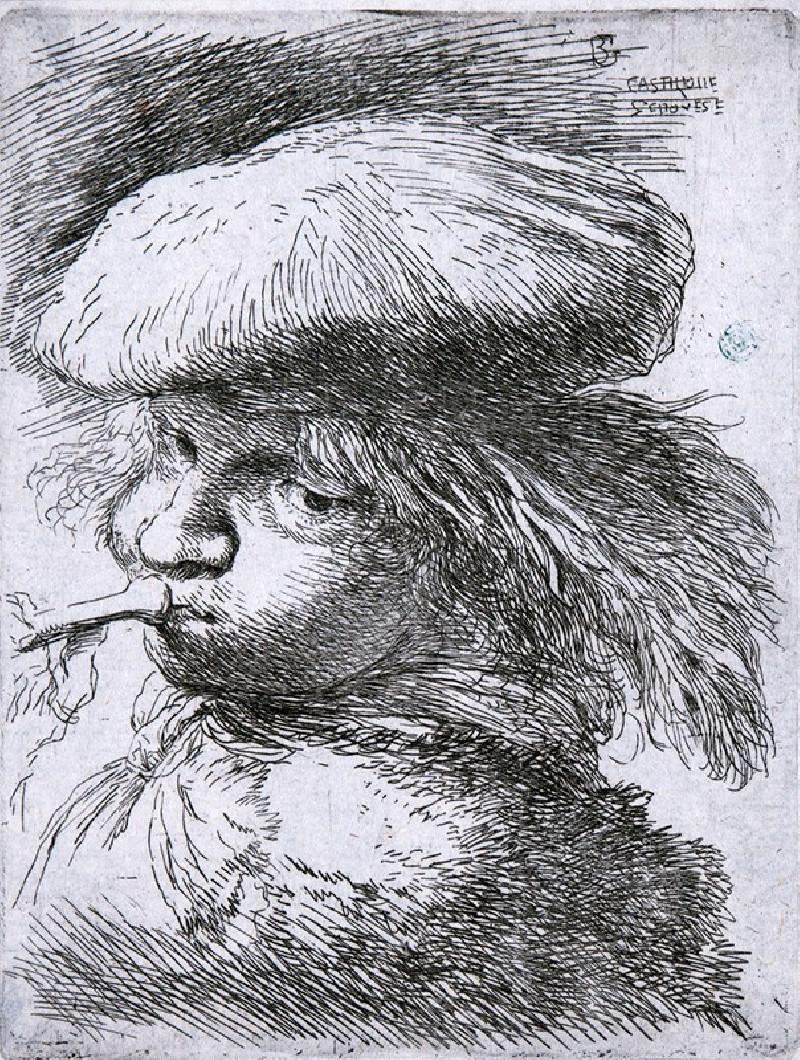
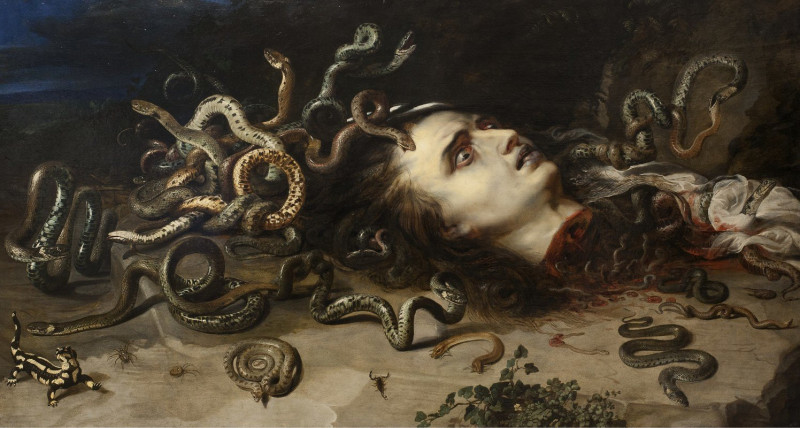
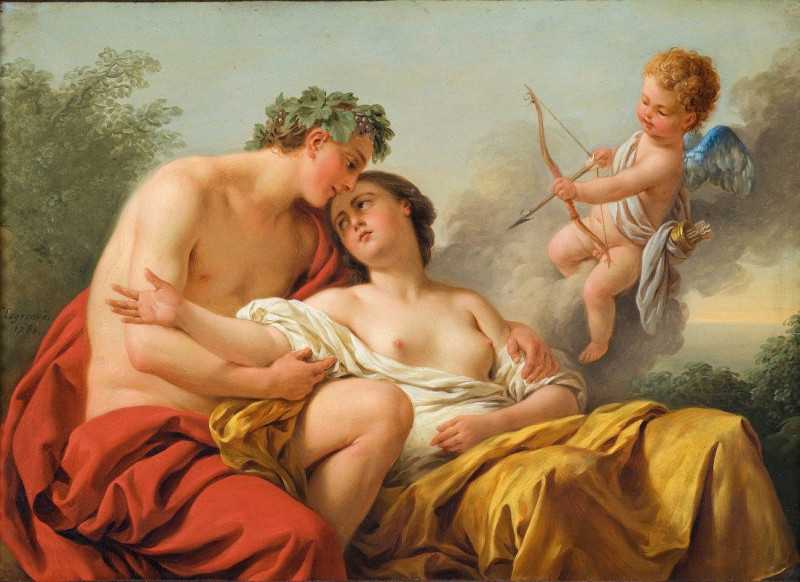
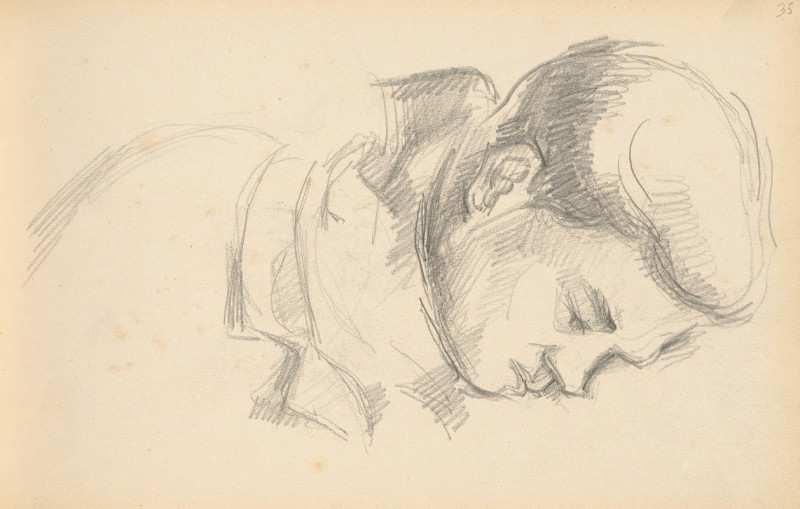
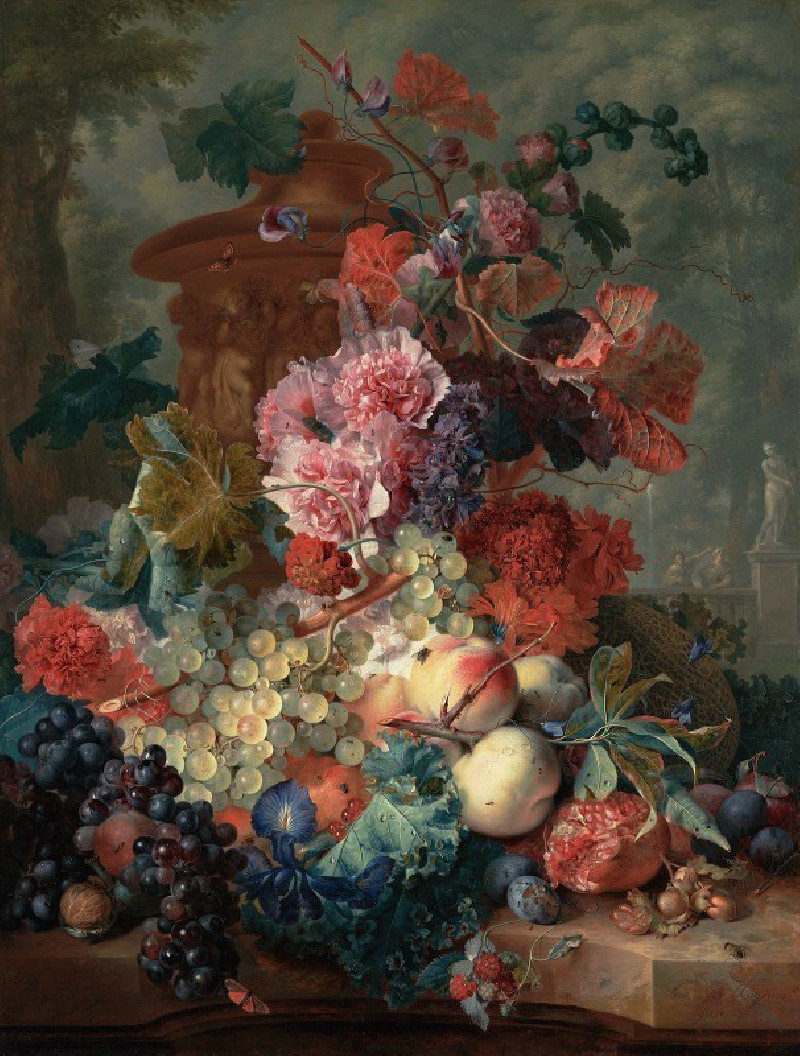
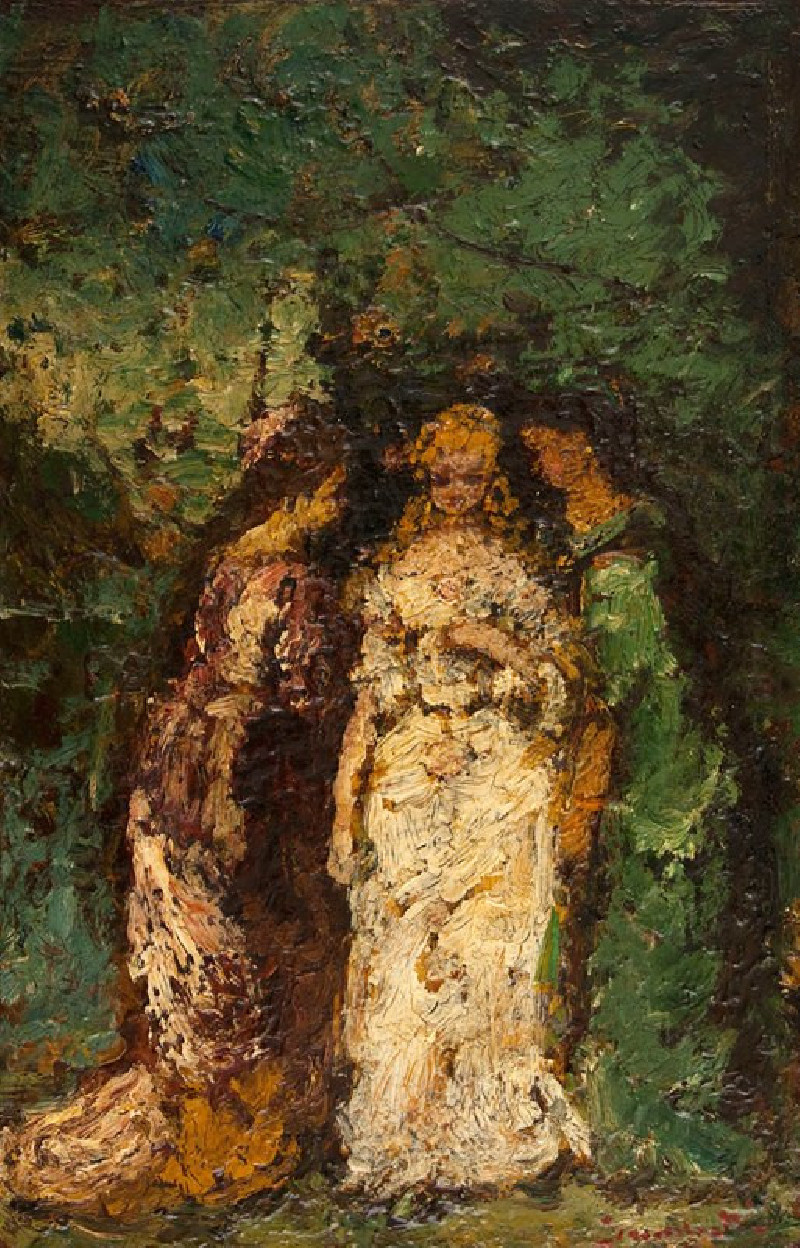
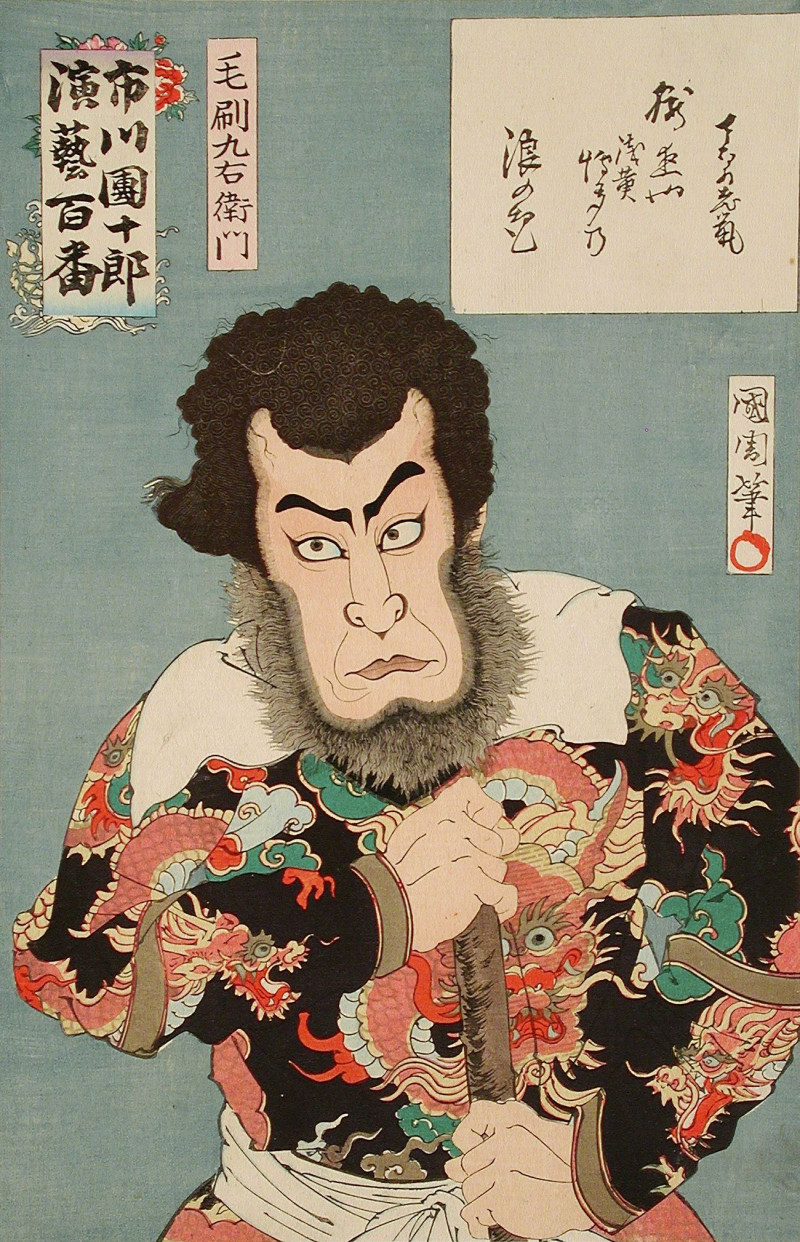
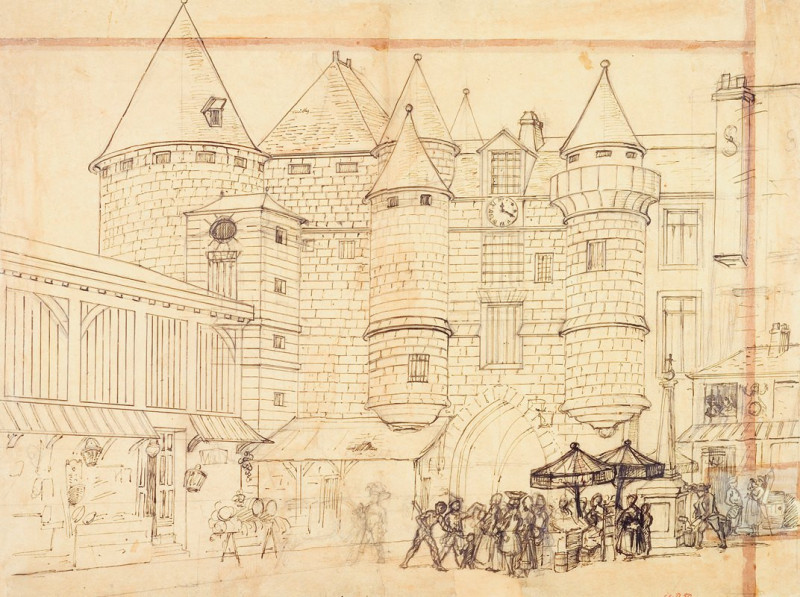
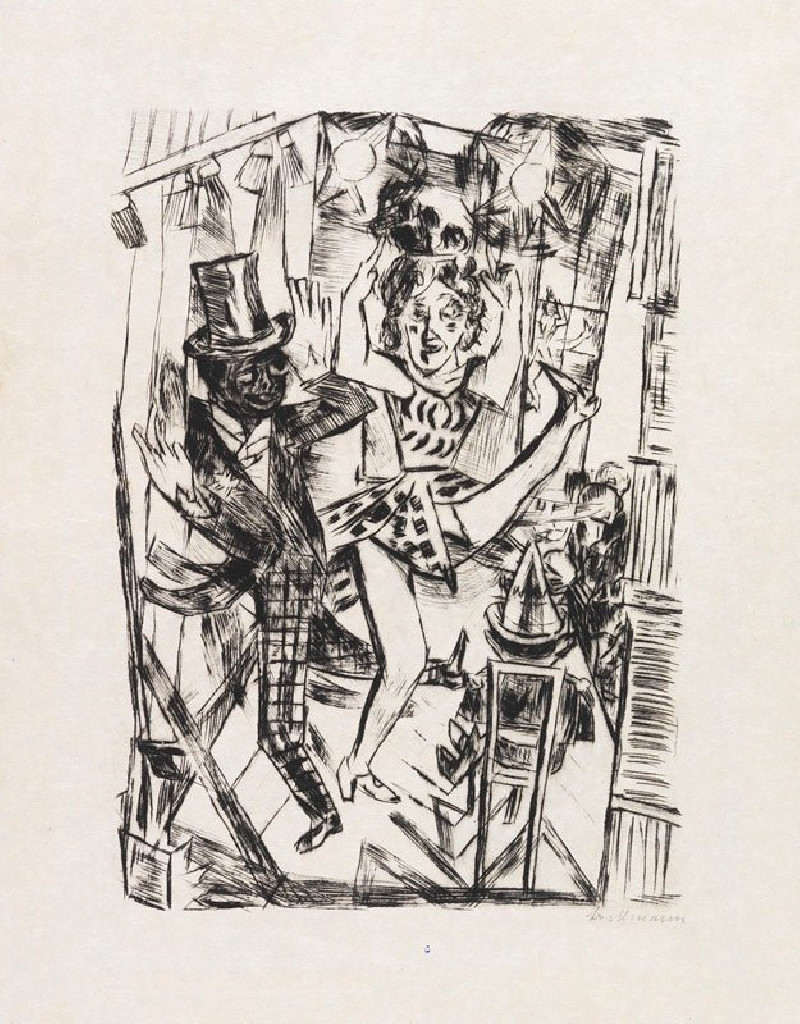
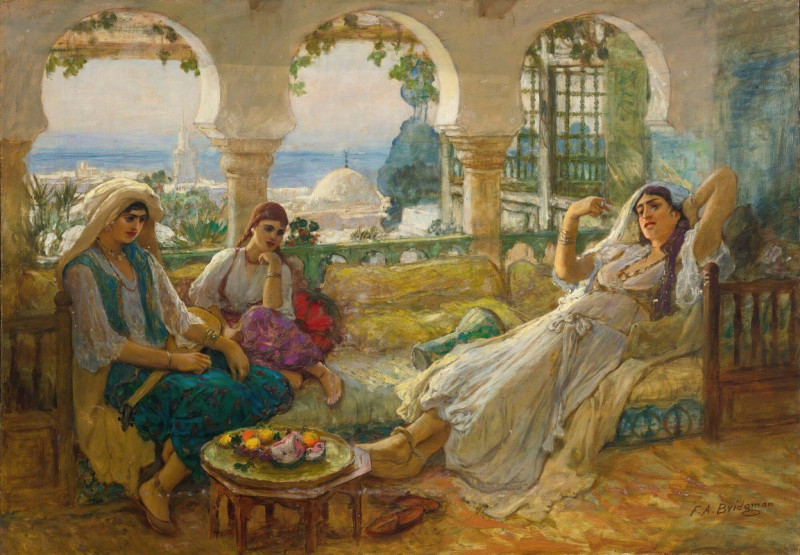
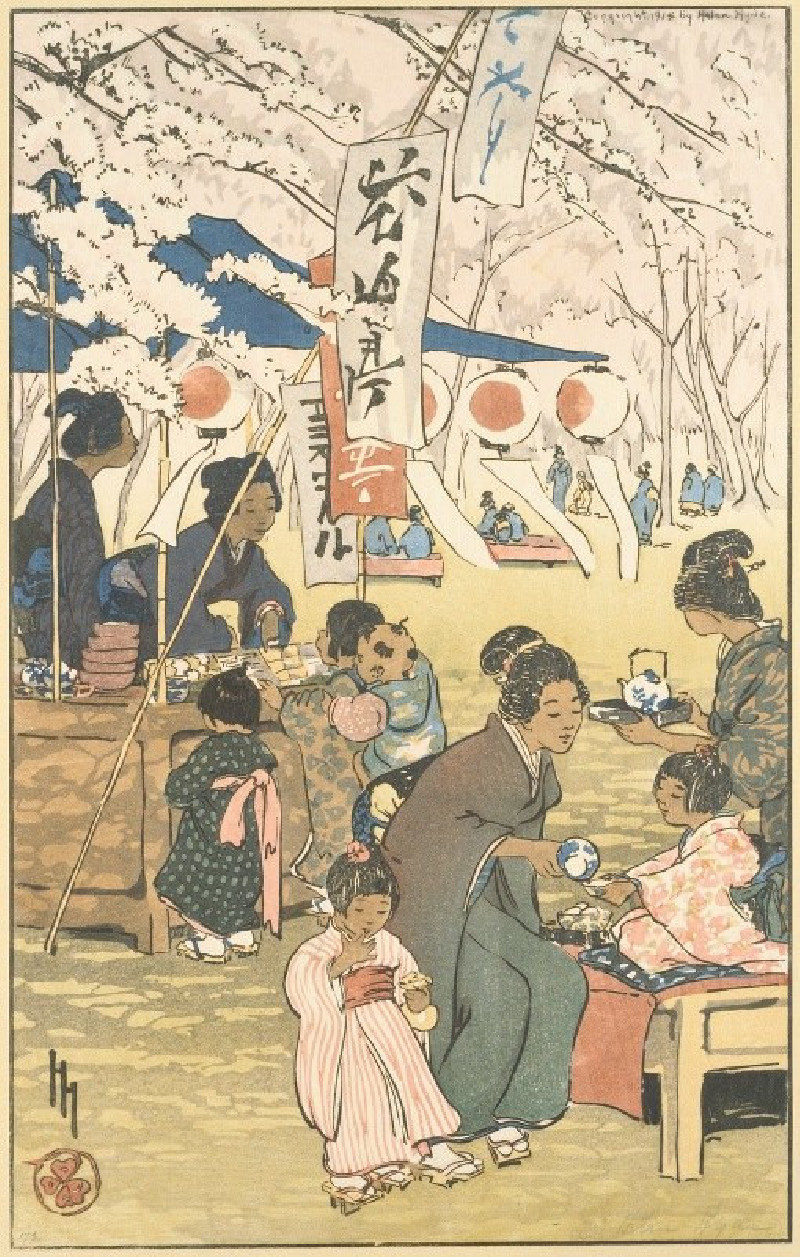
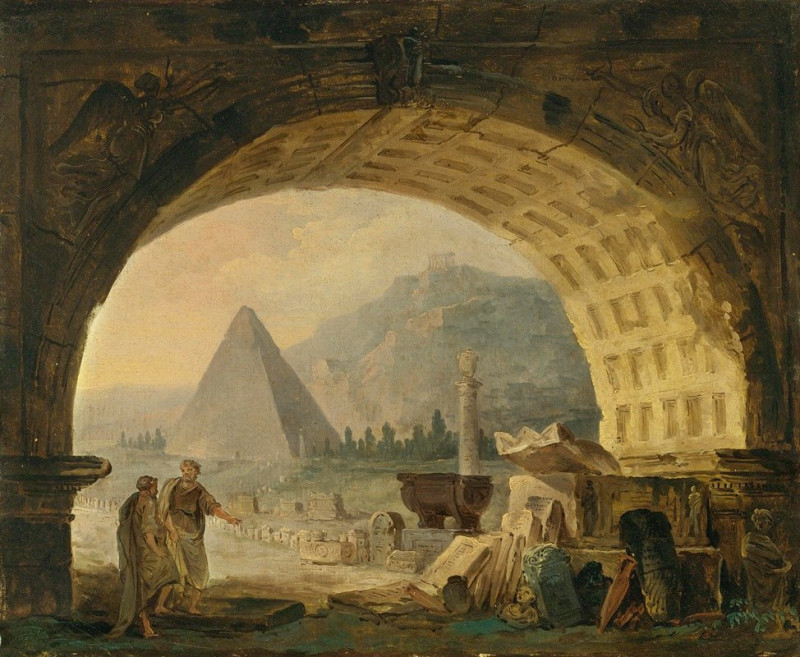
![Nature morte au bougeoir [The Candlestick] (1900) reproduction of painting by Édouard Vuillard. ALL GICLEE PRINTS](https://reprodukcijos.lt/38989-large_default/reproduction-of-nature-morte-au-bougeoir-the-candlestick-1900.jpg)
